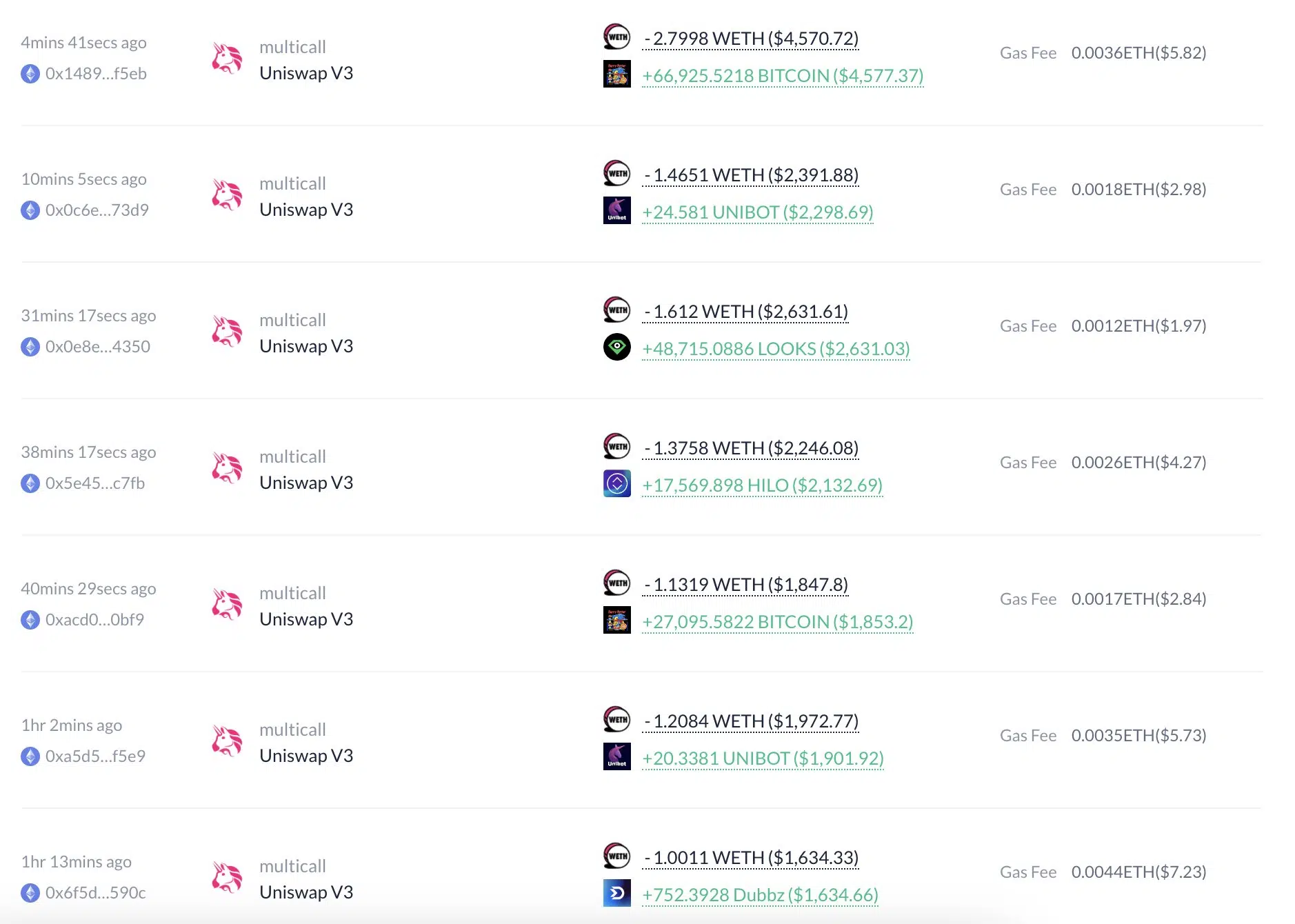In the weeks following the Shanghai update of the Ethereum (ETH) network, the amount of ETH held in whale addresses has declined, indicating a possible shift in sentiment among large investors. While historically, reduced whale activity is often associated with a bearish outlook for assets, it is essential to consider other factors that might impact ETH’s future price direction.
The Shanghai update, executed on April 12, allowed users to withdraw their staked assets for the first time since the Merge, which took place when the network transitioned to a Proof-of-Stake (PoS) blockchain. The update was expected to bring many benefits for the network, including attracting more investors. However, according to data from on-chain analytics firm Glassnode, the ETH supply held in whale addresses has dropped, signaling a potential shift in perspective among big investors who now appear to have a bearish outlook in the short term.
Specifically, on the day of the Shanghai update, the number of ETH held in wallets between 1,000 and 10,000 ETH stood at 14.167 million. Weeks after the update, that figure has dropped to 14.033 million. Furthermore, in the week leading up to the update, whales had acquired the highest amount of ETH in 2023, at 14.303 million.
This decline in whale-held assets is mirrored in smaller investors with 1-1,000 ETH and mega whales with over 10,000 ETH. However, users with less than 1 ETH, referred to as “shrimps,” have increased their holdings slightly. Their net position rose from 1.79 million to 1.80 million ETH.
Ethereum has had a relatively strong performance this year, appreciating by over 55% and breaking the $2,000 resistance level in March before tumbling back below $1,900. While decreasing whale activity has historically given assets a bearish outlook, this is not always the case.
Between 2020 and 2021, ETH experienced a decline in whale activity but still enjoyed a bull run in 2021. Additionally, despite the downtrend in 2022, whale holdings have risen by nearly 1 million ETH, which has driven up the price to $1,857. This raises the question of whether the price-to-whale ratio is still a significant indicator, given the recent chart data.
There are several possible explanations for the decline in whale holdings. One possibility is that large investors are not as bullish on ETH’s prospects as they once were, given the network’s recent struggles with high transaction fees and competition from rival platforms like Binance Smart Chain (BSC).
Another consideration is that investors might be reallocating their funds into other cryptocurrencies or digital assets, seeking higher returns in a volatile market. Furthermore, as DeFi and NFT platforms continue to expand, some investors might be shifting their focus away from ETH to capitalize on emerging opportunities in these sectors.
Given these factors, it is challenging to predict the future price direction of ETH based solely on changes in whale holdings. Although it is essential to consider the reduced investment of staked ETH and the declining whale activity, it is also vital to account for other factors that could impact ETH’s performance in the short and long term.
Additionally, with the Ethereum 2.0 upgrade still in progress, there is hope among some investors that the network can overcome its current challenges and attract more users and developers through lower transaction fees, improved scalability, and enhanced security.
Ultimately, it is essential to approach the potential impact of declining whale holdings on ETH’s price with a balanced perspective. By considering various factors and keeping an eye on market developments, investors can make more informed decisions in both the short and long term.


